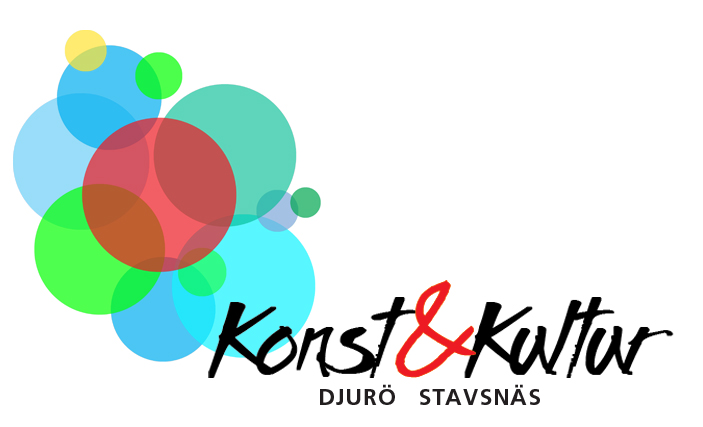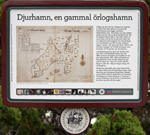Nature and Culture Trail Hamnskogen
5. Trees in the Forest
The most common trees in the woods here are pine and spruce. But in some places there are plenty of ordinary deciduous trees like alder, birch, aspen, ash, maple and hazel. There are also some feral trees such as pear and cherry.
The hazel likes shade but does well in sunlit glades. The young branches are soft but strong and have traditionally been used for making baskets and fences. Its nuts are nutritious and are popular with both animals and humans. The bark of the birch has been used for making all kinds of useful objects for several thousand years. Because it’s resistant to the wet and cold it’s been used for covering roofs.
During the 17th century Djurhamn harbour was used regularly by the Swedish war fleet. Djurö was used as a camp. Wood was needed as fuel and maybe as timber for building boats and houses. We don’t know how much forest was felled but a note on a map of Djurö from the 1640s gives us a clue – “much of the forest was chopped down by soldiers”. More deforestation occurred in the summer of 1719 when Sweden was at war with Russia. Russian soldiers swept through the archipelago and burned most of what they came across, including Eriksberg’s Forest.
Here and there in the woods you’ll see trees that are dead or have been uprooted by the wind. These are important for biodiversity as they provide a habitat for all sorts of organisms. About 3000 species of insects, two and a half thousand fungi, 250 lichens and 60 birds and mammals exploit the dead wood to survive.
To reach stop number 6 carry on along the road.












